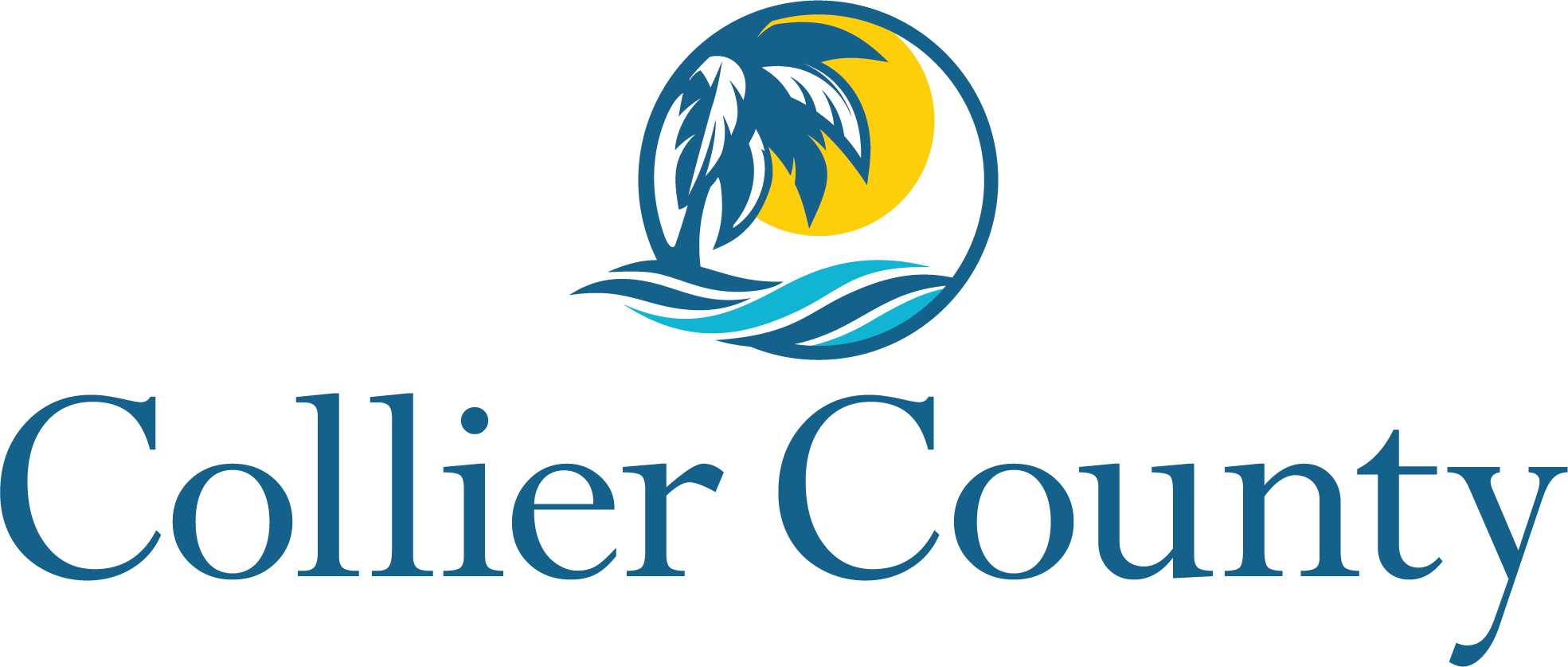Understanding Road Side Swales
Understanding Road Side Swales
Roadside swales have multiple functions.
A major function is to maintain a dry roadbed. Keeping the centerline of the swales at least 1.6 feet below the centerline of the roadway helps to keep the roadbed above the water-table. This helps to make the road last longer.
Another function is to store run-off from the roadway to mitigate the effect of the impervious surface of the roadway. The immediate function of the swale in a rainfall event is to clear the roadway of stormwater. This is why the road is crowned 3% and there is an 8-10% slope from the edge of pavement to the center of the swale.
Florida is essentially a flat state with a soil that readily absorbs stormwater into the freshwater aquifer. Allowing fresh water to go directly into a ditch or canal without the time to soak into the ground would deplete the shallow aquifer and it could become saline. That is why storage is such an important part of the swale system.
Another very important function of the swale is to allow the swale system to treat and filter out containments and nutrients from the stormwater before it reaches a river, bay, lagoon, lake or ocean.
Another function of the swale is to convey excess stormwater to an outfall structure, ditch or freshwater canal. This is the case during the high flow conditions of a significant rainfall event.
In order to understand the relationship between these multiple functions, it is useful to identify the four states of the swale;
I. Dry
2. Puddling
3. Low flow
4. High flow
In the first state, the swale is dormant. This is the condition during a dry period, with a low water table.
The second state is where there is some residual water left in the swale. This is normal because the storage water is being absorbed into the ground. This is typical for periods of three days to a week after a rainfall event. The water stays in the swale until the water table subsides enough to absorb the water. This is also the way small amounts of water used for irrigation are meant to be handled.
The third state is typical for the first three days to a week after a rainfall event. There will be a low velocity flow along the swale in the general direction of the outfall. Usually only the center of the water will show any movement. It takes a long time for the surface vegetation to release all of the rain water gathered during a rain, so it seems to just keep coming even though there is no readily identifiable source. In some cases, the flow will continue indefinitely as long as the water table is high enough to supply the flow.
The fourth state is the one that demonstrates the system’s ability to remove stormwater at the full capacity for which it was designed. The swale capacity has been calculated to handle certain statistical rainfall events efficiently and quickly. Most of this flow will be finished within 24 to 72 hours after the storm has stopped. The conditions will then return to the third state.
When there has been no rain for several weeks and there is a significant amount of standing water in the swale there may be a blockage downstream of the area. This warrants investigation by an inspector. The inspector will determine what has caused the blockage. Stormwater Engineering will determine if a remedy is required on a case by case basis.
In other cases the water may not have had enough time to be absorbed before another rainfall event has occurred. This is an acceptable condition and does not place the resident in any danger of flooding just because the swale has not emptied. Most of the reserve flow capacity remains even when the swale is in the storage condition.
What are the responsibilities of each property owner? Especially with regard to expenses they may incur. Explain the sprinkler replacement policy. Conditions of Right-of-Way (ROW) Permit.
-
Property owners are responsible to repair and or replace their sprinkler systems that were damaged during work performed in the Right-of-Way.
-
Although property owners may install their sprinkler systems in the Right-of-Way, Collier County recommends that property owners install their sprinkler system on the property owner’s side of the Right-of-Way line. This will eliminate any future damage to the system.
-
The property owners are required by permit to repair or replace their driveway culvert pipes, enclosed drainage structures, mitered end sections and pipes, when they are past their serviceable life condition or when the facility has become damaged. Property owners are required to obtain a Right-of-Way permit for all work performed in the ROW. Normal maintenance in the Right-of-Way does not require a permit.
-
Structures or pipes that have been placed in the Right-of-Way without a permit will be discussed with each individual property owner before a Notice of Violation is issued.
6) HEALTH AND SAFETY
(especially as a mosquito breeding ground)?
-
Mosquito Control can be reached at 239-436-1000 to explain all of the details and preventive measures.
